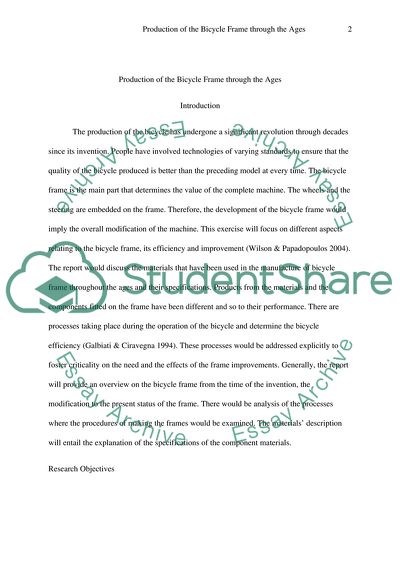Cite this document
(Different Aspects Relating to the Bicycle Frame Case Study, n.d.)
Different Aspects Relating to the Bicycle Frame Case Study. Retrieved from https://studentshare.org/technology/1773143-production-of-the-bicycle-frame-through-the-ages
Different Aspects Relating to the Bicycle Frame Case Study. Retrieved from https://studentshare.org/technology/1773143-production-of-the-bicycle-frame-through-the-ages
(Different Aspects Relating to the Bicycle Frame Case Study)
Different Aspects Relating to the Bicycle Frame Case Study. https://studentshare.org/technology/1773143-production-of-the-bicycle-frame-through-the-ages.
Different Aspects Relating to the Bicycle Frame Case Study. https://studentshare.org/technology/1773143-production-of-the-bicycle-frame-through-the-ages.
“Different Aspects Relating to the Bicycle Frame Case Study”. https://studentshare.org/technology/1773143-production-of-the-bicycle-frame-through-the-ages.


